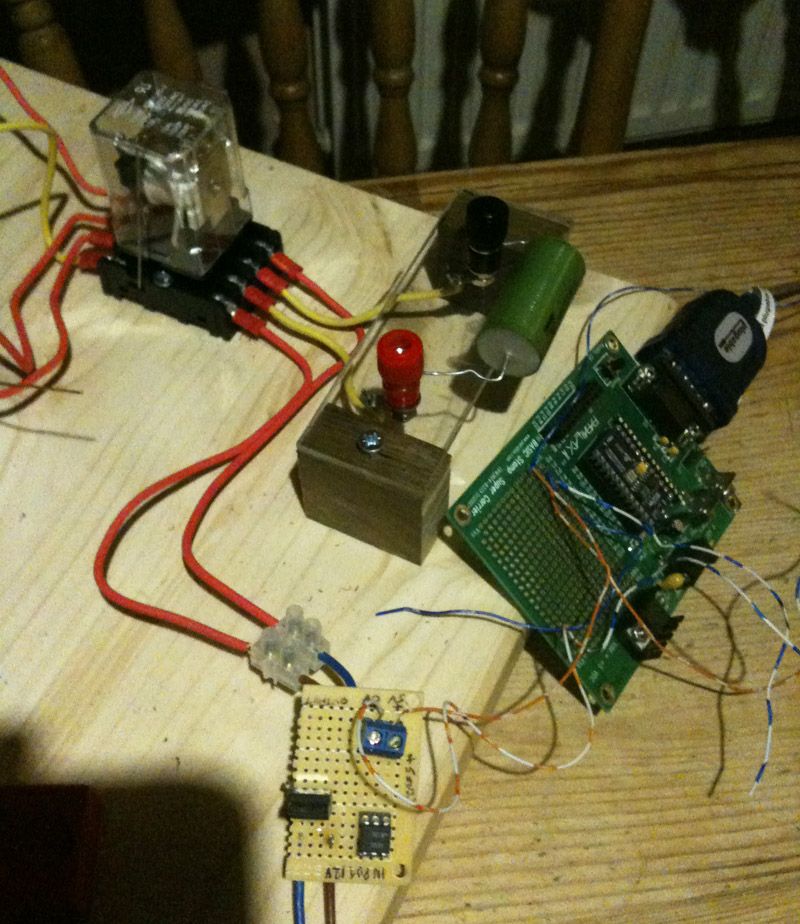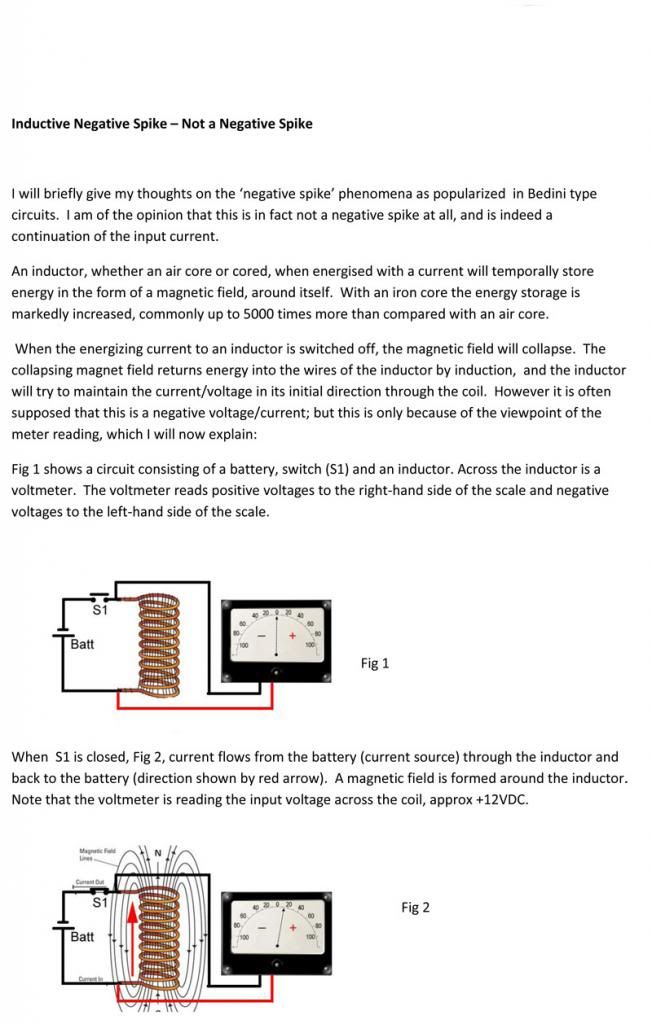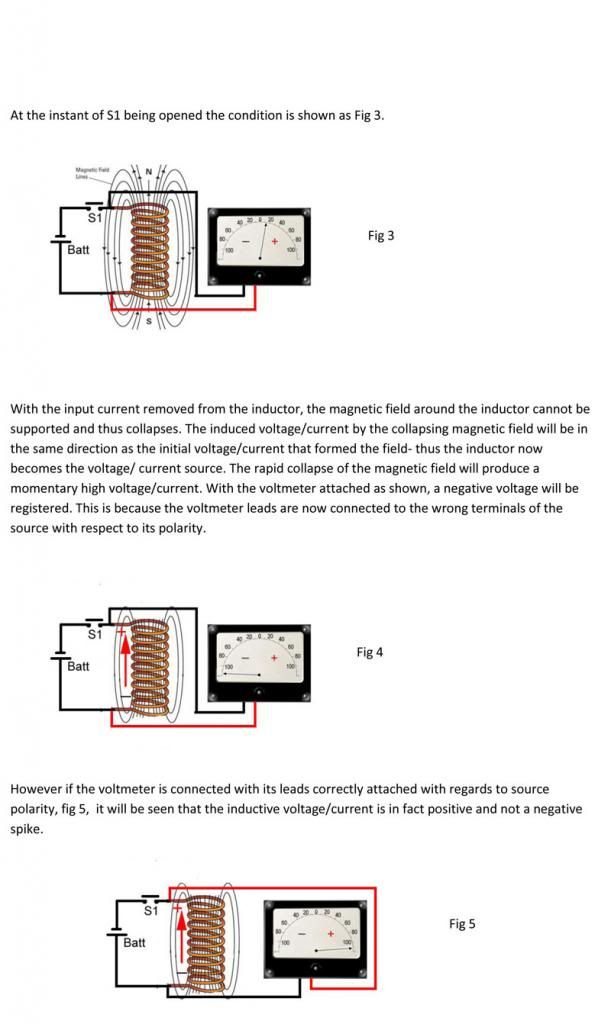This thread is about the "Magnet Pump" of Dr. Leon Dragone:
Quote from Dr. Dragone's opening paragraph:
"When a Permanent Magnet is placed inside a coil, and
the current in the coil is turned on, the coil's field can
aid or cancel the PM’s field. If the coil cancels the PM's
field, the magnetic energy of this field is lost from the
environment. Where does this energy go? To answer
this question, let us describe the permanent magnet in
terms of its circuital Amperian currents":
http://192.211.49.220/-%20Free%20Ene...%20Dragone.pdf
Quote from Dr. Dragone's opening paragraph:
"When a Permanent Magnet is placed inside a coil, and
the current in the coil is turned on, the coil's field can
aid or cancel the PM’s field. If the coil cancels the PM's
field, the magnetic energy of this field is lost from the
environment. Where does this energy go? To answer
this question, let us describe the permanent magnet in
terms of its circuital Amperian currents":
http://192.211.49.220/-%20Free%20Ene...%20Dragone.pdf





Comment